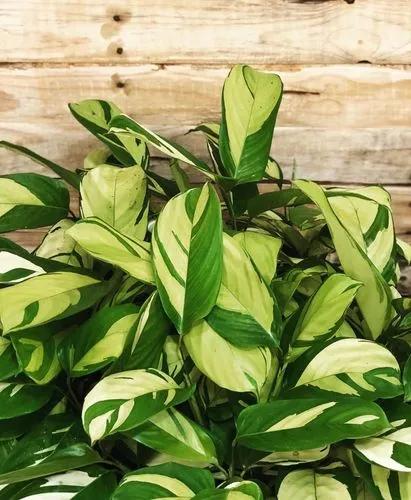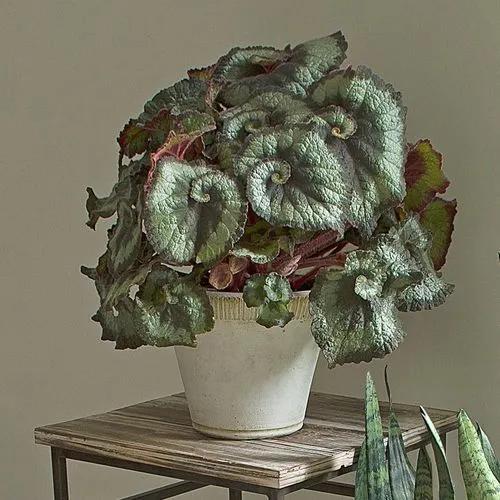Silver Squill plants are not very demanding, yet they thank their handler with beautiful foliage. These evergreen, low-growing houseplants don't take up much space and can grow indoors and in the gardens. However, cat owners and people with kids should be cautious before adding Silver Squill to their plant collection, as these green beauties are toxic.
Silver Squill Care
Ledebouria socialis



Silver Squill (Ledebouria socialis) comes from the Eastern Cape Province in South Africa, where its bushes grow in drying river floodplains or on the sunny plains. This perennial is the most common species of the scilla genus in the family Asparagaceae. The coloring of its oblong blotched or striped foliage can include shades of green, silver, and burgundy.
How to Care for the Plant

Water

Always check the soil before watering your Silver Squill. Allow the top inch (2.5 cm) to dry, and water thoroughly, waiting for the excess liquid to flow from the drainage holes.

Pruning

There is no need for regular pruning, but you can remove wilted or damaged leaves using clean and sharp tools.

Fertilizer

During spring and summer, apply a balanced liquid fertilizer diluted to half-strength. The frequency depends on the plant food you use, but general recommendations are one application per month for Silver Squill in pots and one every two months for plants that grow in the ground.

Sunlight

Silver Squill prefers indirect light for three to four hours a day. The best location would be near a south-facing window.

Soil

The best option would be a succulent or cacti potting mix, as it will provide sufficient drainage. You can enrich the substrate with humus to help your Silver Squill thrive. Keep the soil's pH within the 6.0-8.0 range.

Propagation

While you can try propagating Silver Squill from seed, the results are not guaranteed. The most popular option is propagation through the division of bulb clusters.

Temperature

The best temperature would be above 60˚F (15˚C). Silver Squill can tolerate temperatures up to 30˚F (-1˚C) in winter.

Container

The pot should be wide rather than deep and have drainage holes. As for the material, terra cotta works best, as it lets the excess liquid evaporate.

Fun fact

Silver Squill is one of the most widely cultivated bulbs. Even though this kind is a close relative of Hyathints, its flowers don't have the same intoxicating smell.

Popularity

5,863 people already have this plant 872 people have added this plant to their wishlists
Discover more plants with the list below
Popular articles






